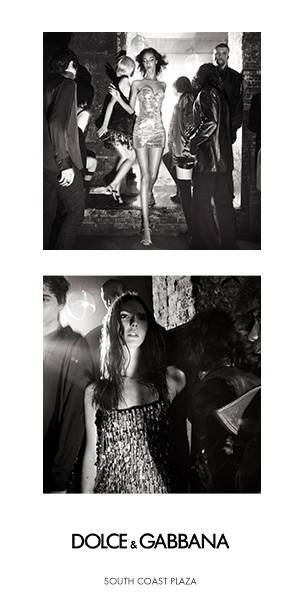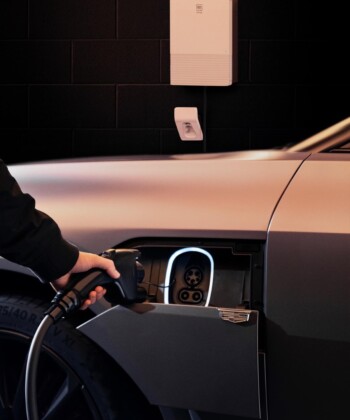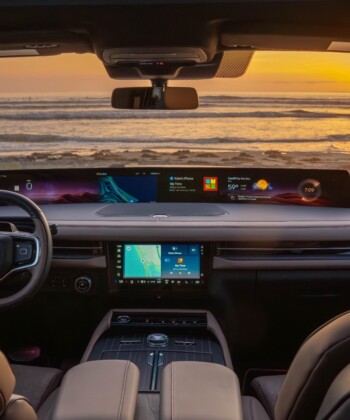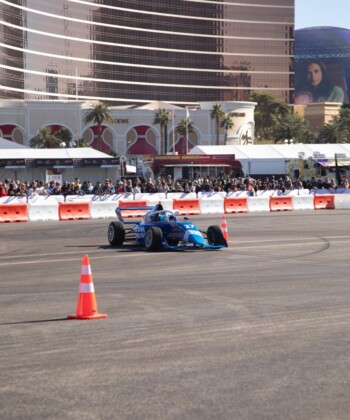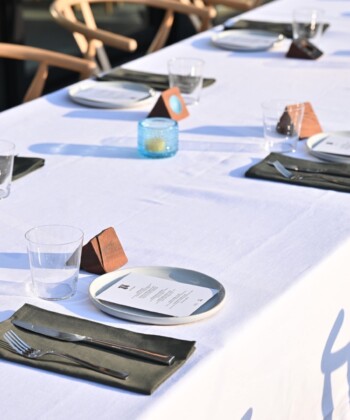The speedometer on a 2015 Porsche 911 reaches 200 mph—225 on the Turbo—but the fastest speed limit in the country, along a 40-mile stretch of Texas highway, is 85. Now, I’m not a lawyer, but I’d claim entrapment, or at least cruel taunting, in Porsche’s insistence on placing a constant reminder, right there under drivers’ noses, of the car’s 115 mph-plus worth of unused horsepower.
I wouldn’t employ this line of reasoning to argue your way out of a speeding ticket, of course. I would, however, encourage anyone itching to bury the speedometer needle well to the right of the legal limit to take his or her high-performance car to the track—because doing so is easier than ever. In the past decade, a handful of private, members-only driving facilities have sprung up around the U.S.—high-speed, high-price country clubs catering to the fast-lane set bored by traditional patrician pastimes like tennis and golf. Recent constructions like The Thermal Club in Southern California, Monticello Motor Club 90 minutes north of New York City and the Autobahn Country Club outside of Chicago aren’t just windy stretches of asphalt sans speed limit. They’re upscale, gated communities with luxury villas, garage mahals, clubhouses and restaurants, as well as high-level driving-instruction programs and mechanical support.
Making these clubs especially viable is the increasing off-the-shelf track readiness of many modern performance cars, including the 911, BMW M and Mercedes AMG models. “Today’s cars are really track-worthy,” says Thermal Club track manager Jeff Rodrigues. “Before they would say ‘yes, you can be on the race track,’ but the truth of the matter was that they could only hold up for five laps. But today, the cars are phenomenal.” Though some members end up progressing into competitive racing both within their clubs and through organizations like the Sports Car Club of America (SCCA), many are in it simply to experience the sensation of high speeds, with the added potential of improving mental acuity and focus. As Rodrigues says, “I like to think of track driving as high-speed chess.”
There’s also a marked interest in the sort of built-in community that racing clubs can provide. Although one could previously get a taste for track driving at racing schools and track days, racing clubs serve to enhance the social aspects of the sport—camaraderie that helps to turn casual interest into lifelong passion. “It’s the best of both worlds” of hobby racing, says sociologist Robert White, PhD, founding director of Indiana University’s Motorsports Studies program. “As the single lone driver, you’re taking yourself to your personal limits, but at the same time having a club to share it with.” White’s colleague Andrew Baker, PhD, the program’s current director, points out that club members often span generations, since racing appeals to both those who grew up in the prevalent car culture of the ’60s and ’70s as well as to their children, who grew up playing racing video games. In this way, many clubs have become a point of convergence, a place for families to bond. Clubs, in turn, start drivers young: Many, such as Monticello and Autobahn, offer karting programs and teen-driver training. Clubs also run frequent group trips to other tracks, such as Daytona or the Nürburgring in Germany.
And yet, despite the impressive array of amenities, racing clubs also face a substantial challenge in creating a sustaining culture that can outlive the initial thrill and adrenaline rush of those first laps. Even Rodrigues admits that “these facilities have typically been known for their spectacular failures rather than their successes,” and that they face a “longevity hurdle.” In an attempt to mitigate members’ concerns over this, Thermal recently established a long-term partnership with BMW, allocating a 32-acre plot of land beside the club for the automaker’s “Performance Center West,” where the company offers performance-driving programs.
A valuable model for these upstarts to emulate may be the nearly 60-year-old Lime Rock Park, nestled in the rolling hills of northwest Connecticut, a driver-centric purist’s haven that embodies everything that these clubs, if they want to survive, need to be. At first glance, the circuit reads as a gentle 1.5-mile course that meanders through the Connecticut countryside, just like many of the roads in the region, which was the intention of track developer Jim Vaill. But a few turns in and its frothing character is revealed: The course is one of the fastest road circuits in the Northeast, with speeds nearing 100 mph. Fittingly, the people you find there are equally intense, many afflicted with what the track’s patron saint, pioneering driver John Fitch, once referred to as “the virus, the intoxicating and addicting compulsion to race.”
At Lime Rock, driver education is paramount—and methodical—led by Simon Kirkby, an incisive Brit who formerly drove rally cars for a living. Kirkby describes his teaching philosophy as “simplify, simplify, simplify.” Whipping the club’s BMW M3 into the track’s first turn, he says, “This track only takes a minute to get around, but a lifetime to master.” The Lime Rock Drivers Club was founded by track owner Skip Barber about a decade ago and has under 100 members (men, women and even some teens), as well as a distinctly monastic feel. What it lacks in upscale amenities is made up for in over half a century of tradition: Lime Rock, Paul Newman’s home track, is hallowed ground that has seen the likes of drivers such as Mario Andretti, Sam Posey and Dan Gurney turn countless laps. It’s also hosted professional races like the American Le Mans and Trans-Am Series. “We’re a smaller track; we don’t have three miles. We don’t have fancy new clubhouses. But guess what? We work,” says Stephanie Economu, the first female member of the LRDC, who, at the age of 47—coincidentally the same age Newman started racing—joined the club after getting a new Porsche. She now spends every possible moment at the track.
The buy-in to these clubs is steep, of course. At Thermal, after the required villa purchase (they start at around $1 million), members pay $85,000 for a 30-year membership and $19,000 in annual dues. A membership at Lime Rock will cost you $55,000, with $3,600 in annual dues. None, of course, include the cost of the car, gas and tires. Still, members say it’s difficult to put a price on what they’ve found. “My whole life I’ve been looking for that one thing that I’ve been put on this earth to do. I kept checking things off the list,” Economu says. “But when I’m at the track I’m living in the moment. There is really something special here.”























